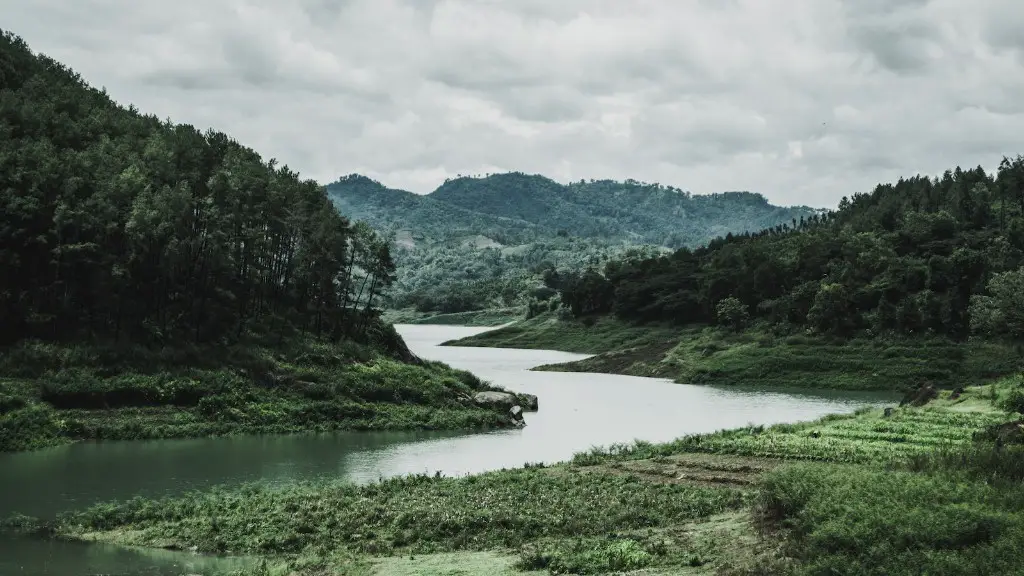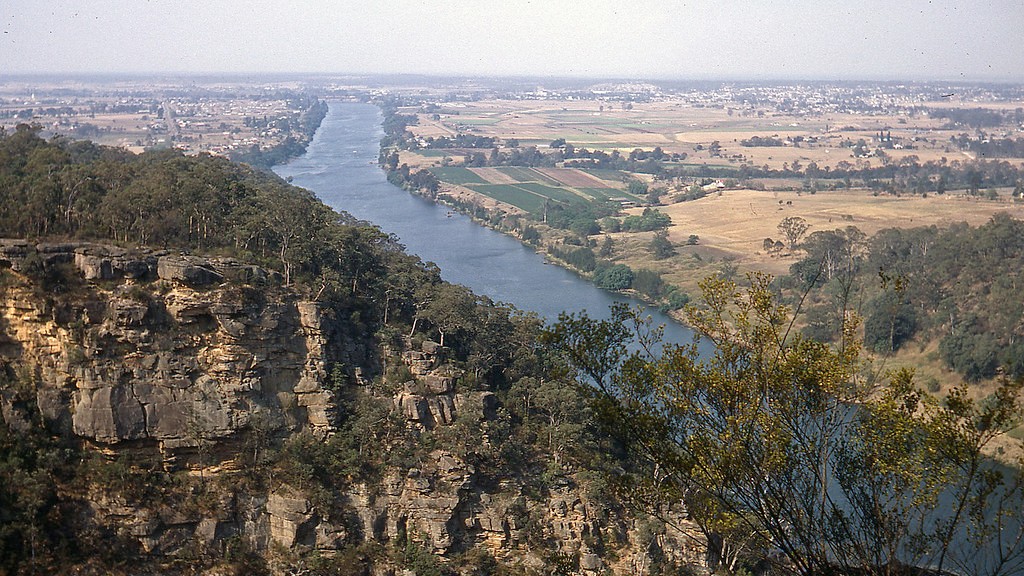When it comes to swimming in the Mississippi River, many people want to know if it is dangerous. From its headwaters in Minnesota to its mouth in the Gulf of Mexico, the Mississippi River is the largest river system in North America, covering a vast 2,340 miles. Despite its beauty and grandeur, it is important to understand the potential risks of swimming in the river.
In the northern U.S. states, the Mississippi river is regarded as one of the safest places for swimming due to natural filtration and the cleanest of waters. However, these waters become increasingly polluted as the river travels southward, especially around central Illinois, Kentucky, and Mississippi.
The year 2020 saw a huge rise in the number of cases of toxic algal bloom in the Mississippi River. People intending to take a dip in the Mississippi river need to be aware of the presence of toxic algae, in particular around the months of June and July. Exposure to high concentrations of this type of algae can be harmful to humans, as it can cause a wide range of illnesses, such as rashes, stomach pain, nausea, and breathing difficulties.
Municipalities can take action by cutting nutrient runoff from sewage and runoff, which are major contributors to the toxic algal bloom phenomenon. Risk of infection can be also reduced by avoiding contact with dead and decaying plant and animal matter on the riverbed and along the riverbanks.
In addition to the threat of toxins, the Mississippi river has fast currents and is not suitable for inexperienced swimmers. Large vessels also cruise the area, so water lovers must pay attention to water craft activity, as collision with a boat can be dangerous.
For those looking to explore the Mississippi River without the risk of danger, there are plenty of outdoor activities and experiences to be enjoyed. Fishing, kayaking, canoeing, and camping along the river and its tributaries provide plenty of ways for water lovers to explore this beautiful natural resource.
Hazards Caused By Human Activity
The Mississippi River is prone to a number of hazards caused by human activity, including toxic chemicals and other pollutants. Industrial and agricultural activities along the riverbanks are a major source of hazardous compounds that flow into the water. Stormwater can also carry pollutants such as trash, oil, and fertilizers into the river.
Toxic chemicals in the Mississippi River can cause mutations in aquatic organisms, as well as affecting their growth and survival. Human exposure to these chemicals can lead to a variety of health impacts, including cancer, damage to specific organ systems, and reproductive disruption.
To reduce their impact, governments, companies, and individuals can work to reduce water contamination from runoff and leaching. This can include implementing green infrastructure, increasing public education and awareness, and increasing water testing and better monitoring of chemical levels.
In addition to chemical pollution, the Mississippi river is also threatened by sedimentation, which occurs when soil particles bind and sink to the riverbed. This can smother fish eggs and other aquatic life, and can fill in water intake pipes for drinking water systems. To reduce the risk of sedimentation, governments should create buffer zones between agricultural and residential areas and the river, as well as controlling soil and tree loss.
Effects Of Climate Change
Climate change is one of the greatest threats to the Mississippi River and its ecosystem today. As temperatures increase, the amount of water evaporating from the river increases. This can increase the river’s flow and make flooding more frequent and intense.
In addition to these changes, rising temperatures can also increase the prevalence of harmful organisms in the water. Warmer temperatures can create conditions that are more favorable for the spread of invasive species and the growth of algae, which can have significant health impacts on wildlife and people alike.
One thing that can be done to address the effects of climate change is for governments to invest in green infrastructure and climate-friendly practices. This includes things like using green space to filter stormwater and using renewable sources of energy.
Another important way to reduce the impacts of climate change is to educate the public on the effects it has on the environment and the Mississippi river, and how they can help reduce those effects. For example, they can make small changes like reducing the amount of water they use and conserving electricity.
Preserving Wildlife
The Mississippi river is home to a variety of wildlife, including numerous fish species and native mussels. When pollutants enter the river, the entire ecosystem in affected. Maintaining clean water is not only important for people who use the river for recreation, but also for keeping the wildlife population healthy and thriving.
The fish and mussels in the river have adapted to the conditions in the river and its tributaries, so it is important to protect them from pollutants that can be hazardous to their health. Governments at the local, state, and federal levels can work together to protect these species by developing and implementing regulations to protect water quality.
In addition to regulations, individuals and organizations can work to preserve wildlife in the Mississippi River by participating in river cleanups, creating conservation plans and habitat restoration projects, and educating the public on protecting aquatic ecosystems. This information can be spread through public forums, such as workshops, or through social media or news outlets.
These efforts not only help protect the environment, but also help to ensure the health and wellbeing of the people who enjoy spending time in and around the river.
Conclusion
The safety of swimming in the Mississippi River depends on several factors, from pollutants and toxins to temperature, currents, and other environmental conditions. Regardless of where one is swimming in the river, it is important to be aware of the potential risks and take steps to protect oneself and the environment. By taking the right precautions, water lovers can enjoy the beauty of the Mississippi River with peace of mind.




